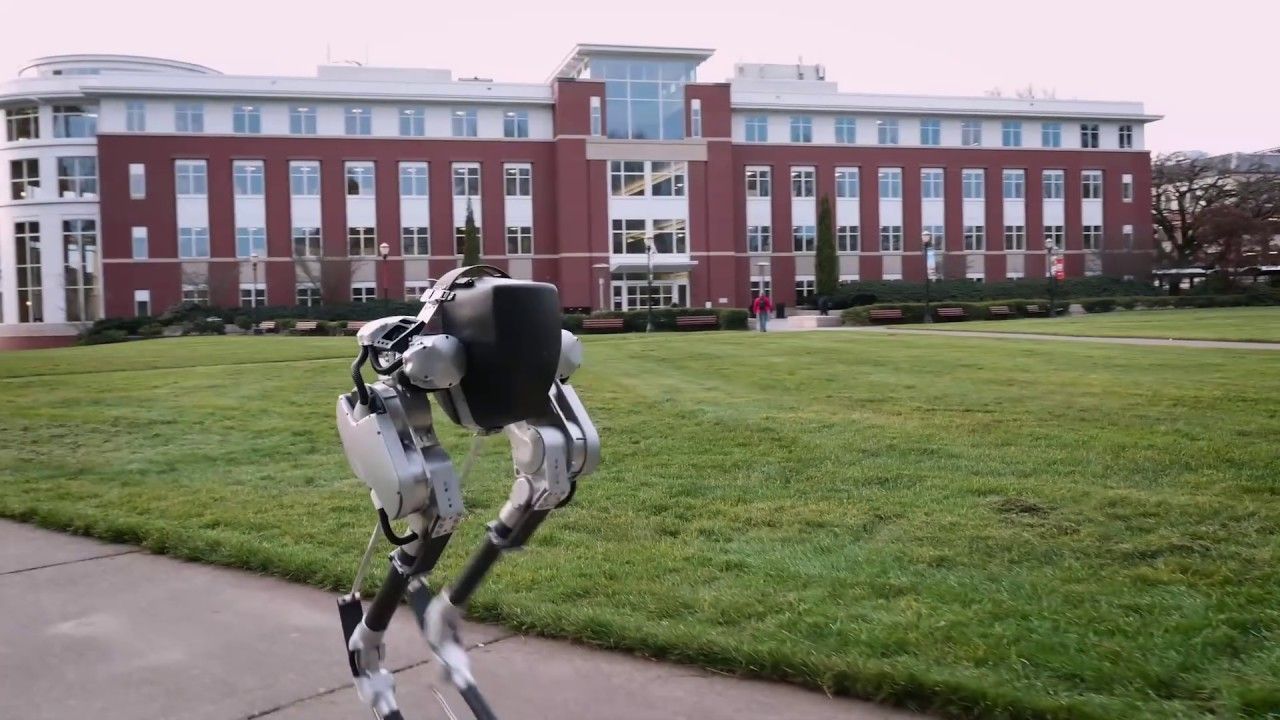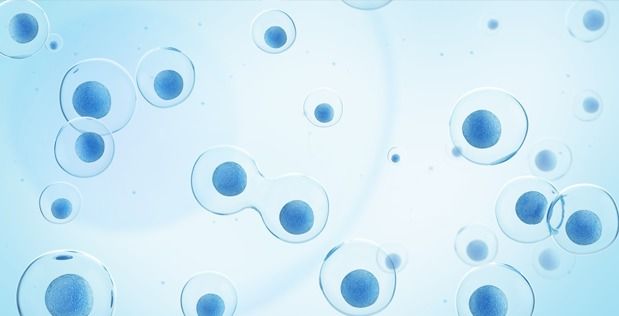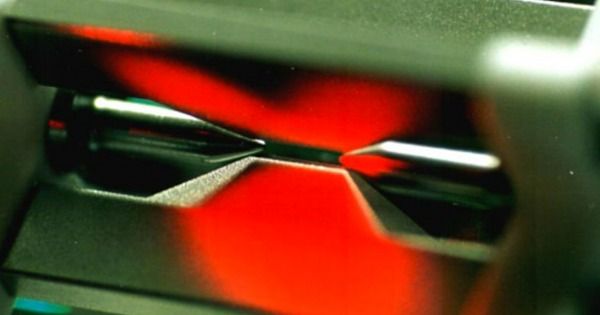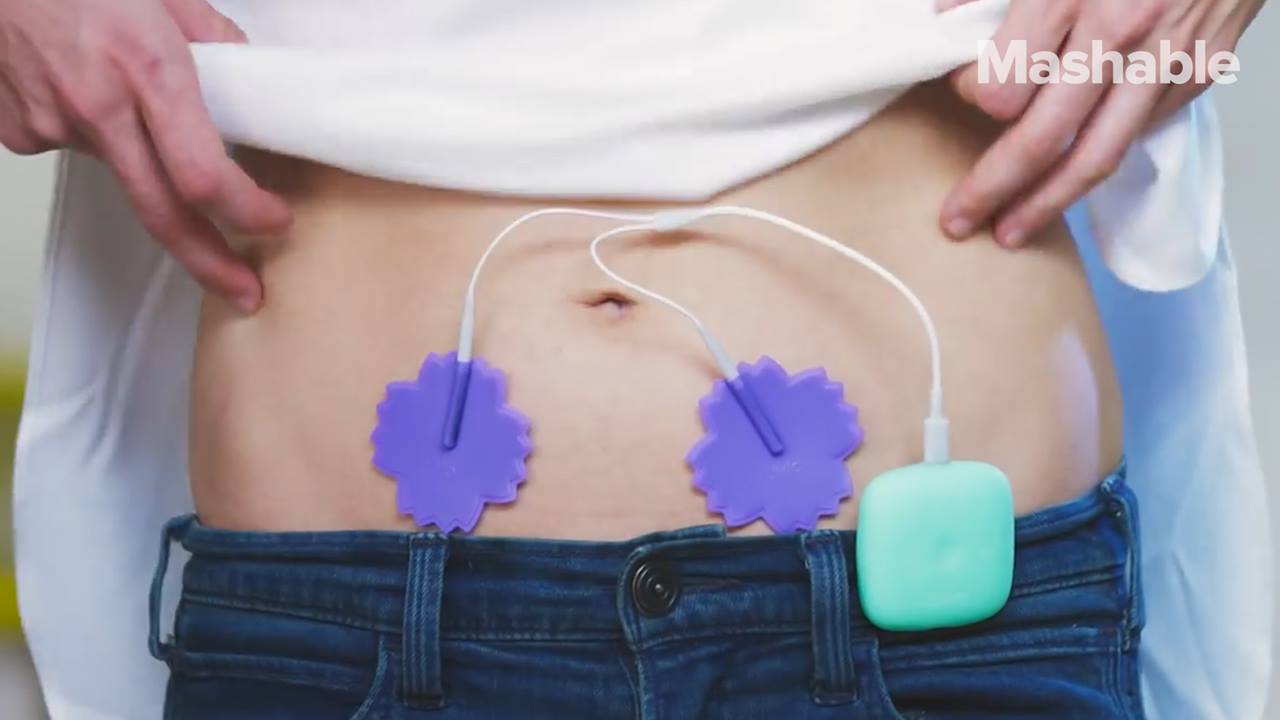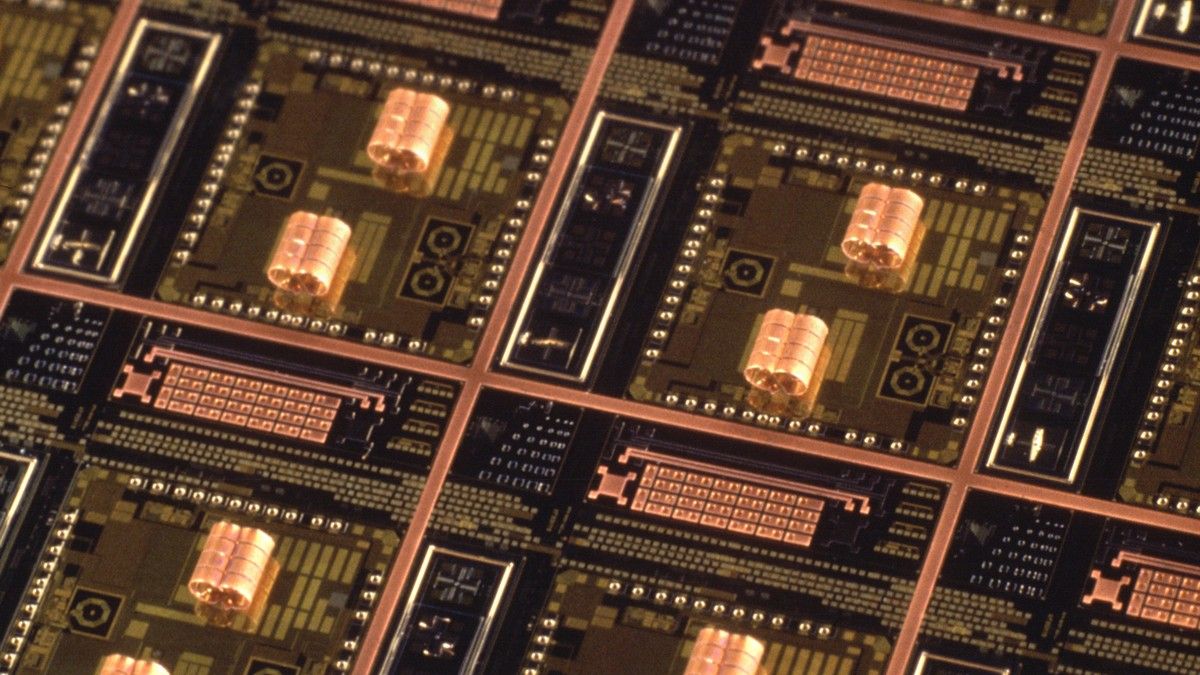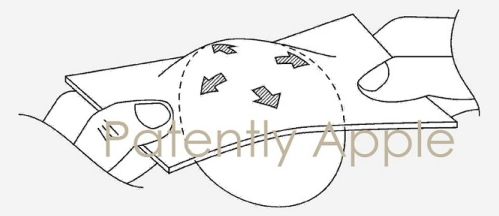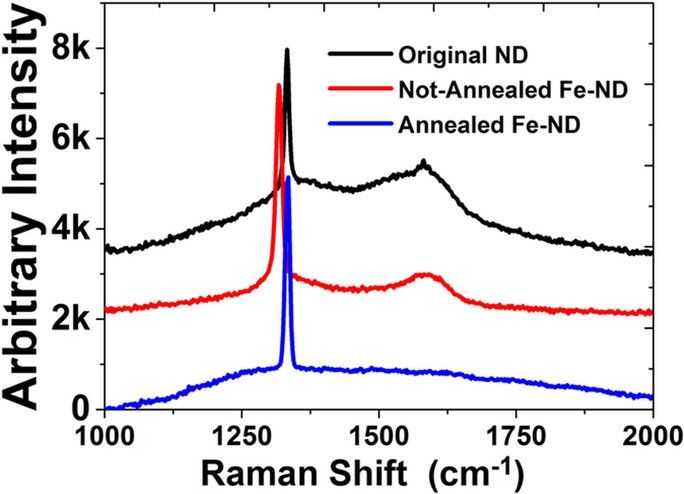Page 10542
Feb 9, 2017
RadioBio: What role does electromagnetic signaling have in biological systems?
Posted by Karen Hurst in categories: augmented reality, health, military, mobile phones, quantum physics, robotics/AI, wearables
Many have asked me what does this DARPA announcement on their project (RadioBio) mean. Well, imagine a world in the next 10 to 15 years where you no longer need any devices (no smartphone, no AR contacts, no smartwatch, no wearables, no external BMIs or invasive implants, etc.) of any kind as Quantum Bio technology uses (in DARPA’s case) connected cell technology to connect people to people and information online (private and publically available. This approach is the least invasive method of turning cells into connected technology.
Military will mean no more lugging of devices and certain types of equipment around on the battlefield plus lower risk of stolen intelligence as no device or equipment left behind or stolen.
What does it mean to consumers? Means no more losing phones and other devices as well as broken down equipment be replaced every 2years and no more insurance and extra-warranty payments for devices; and no more devices stolen with your information on it. And, it means my doctors and body (AI and non-AI methods) can monitor my health and activate pain relief, etc. through biosystem treatments such as pain can be suppressed via the readings or before the pain is felt. It also empowers the immune system to proactively prevent diseases as the biosystem technology will monitor and treat as needed.
Feb 9, 2017
Battery can be recharged with carbon dioxide
Posted by Shane Hinshaw in categories: energy, futurism
(Phys.org)—Researchers have developed a type of rechargeable battery called a flow cell that can be recharged with a water-based solution containing dissolved carbon dioxide (CO2) emitted from fossil fuel power plants. The device works by taking advantage of the CO2 concentration difference between CO2 emissions and ambient air, which can ultimately be used to generate electricity.
The new flow cell produces an average power density of 0.82 W/m, which is almost 200 times higher than values obtained using previous similar methods. Although it is not yet clear whether the process could be economically viable on a large scale, the early results appear promising and could be further improved with future research.
The scientists, Taeyong Kim, Bruce E. Logan, and Christopher A. Gorski at The Pennsylvania State University, have published a paper on the new method of CO2-to-electricity conversion in a recent issue of Environmental Science & Technology Letters.
Feb 9, 2017
Primitive Quantum Computing Helps Test Theoretical Physics
Posted by Shane Hinshaw in categories: computing, particle physics, quantum physics
In Brief:
Physicists were able to simulate high-energy experimens thanks to this primitive quantum computer. Prediction of theoretical physics may soon be tested.
Our current computers are not capable of running simulations of high-energy physics experiments. However, quite recently, scientists were able to use a primitive quantum computer in the simulation of the spontaneous creation of particle-antiparticle pairs. This makes it easier for physicists to further investigate the fundamental particles. A research team published their findings in the journal, Nature.
Continue reading “Primitive Quantum Computing Helps Test Theoretical Physics” »
Feb 9, 2017
Zap away period cramps with this tiny device
Posted by Shane Hinshaw in category: futurism
Feb 9, 2017
This technology could finally make brain implants practical
Posted by Shane Hinshaw in category: neuroscience
Harvard Medical School is testing a new design of a brain implant meant to restore vision to the blind.
Feb 9, 2017
Apple Invents Flexible Displays and Electronics to Work with Future iDevices, Clothing, Smart Windows & more
Posted by Klaus Baldauf in categories: biotech/medical, mobile phones
Patently Apple’s other blog called Patently Mobile has covered the advances of flexible displays from Samsung for years. You could check out some of the major ones here: (one, two, three and four. The most interesting ones relate to a possible scrollable smart device. Today the US Patent & Trademark Office published a patent application from Apple that reveals their work on flexible displays and electronics that will extend to specialty applications. Beyond applying their revealed technology to known devices such as a smartphone or tablet, Apple see’s the technology being widely adopted into smart clothing, smart windows, applications in vehicles, furniture and more. One of the inventors on the patent previously worked for a company where they made flexible medical devices, skin-mounted epidermal electronics and even next gen flexible processors. So this is a serious invention that is likely to work through the system over time and eventually to market. It’s not just pie in the sky thinking.
Traditional displays and touch sensors mounted in a device may be subject to stress-induced failures. As devices with flexible displays are being considered for the future, Apple has to invent new and improved input-output methodologies to accommodate such displays.
Apple notes that their invention relates to a flexible input-output device such as a display or a display with integrated sensors and haptic output may be formed from an elastomeric substrate layer.
Feb 9, 2017
Sirtuin1 protects endothelial Caveolin-1 expression and preserves endothelial function via suppressing miR-204 and endoplasmic reticulum stress
Posted by Karen Hurst in category: biotech/medical
Excellent read on study of Sirt1 in endothelium-dependent vascular function.
Sirtuin1 (Sirt1) is a class III histone deacetylase that regulates a variety of physiological processes, including endothelial function. Caveolin1 (Cav1) is also an important determinant of endothelial function.
Feb 9, 2017
Fe doped Magnetic Nanodiamonds made
Posted by Karen Hurst in categories: nanotechnology, particle physics
Nice write up on magnetic Nano diamonds (NDs)
Here we present a simple physical method to prepare magnetic nanodiamonds (NDs) using high dose Fe ion-implantation. The Fe atoms are embedded into NDs through Fe ion-implantation and the crystal structure of NDs are recovered by thermal annealing.
Feb 9, 2017
Determining the nature of the gap in semiconducting graphene
Posted by Karen Hurst in category: materials
Making small graphene devices more of a reality.
Since its discovery, graphene has held great promise as a two-dimensional (2D) metal with massless carriers and, thus, extremely high-mobility that is due to the character of the band structure that results in the so-called Dirac cone for the ideal, perfectly ordered crystal structure.
